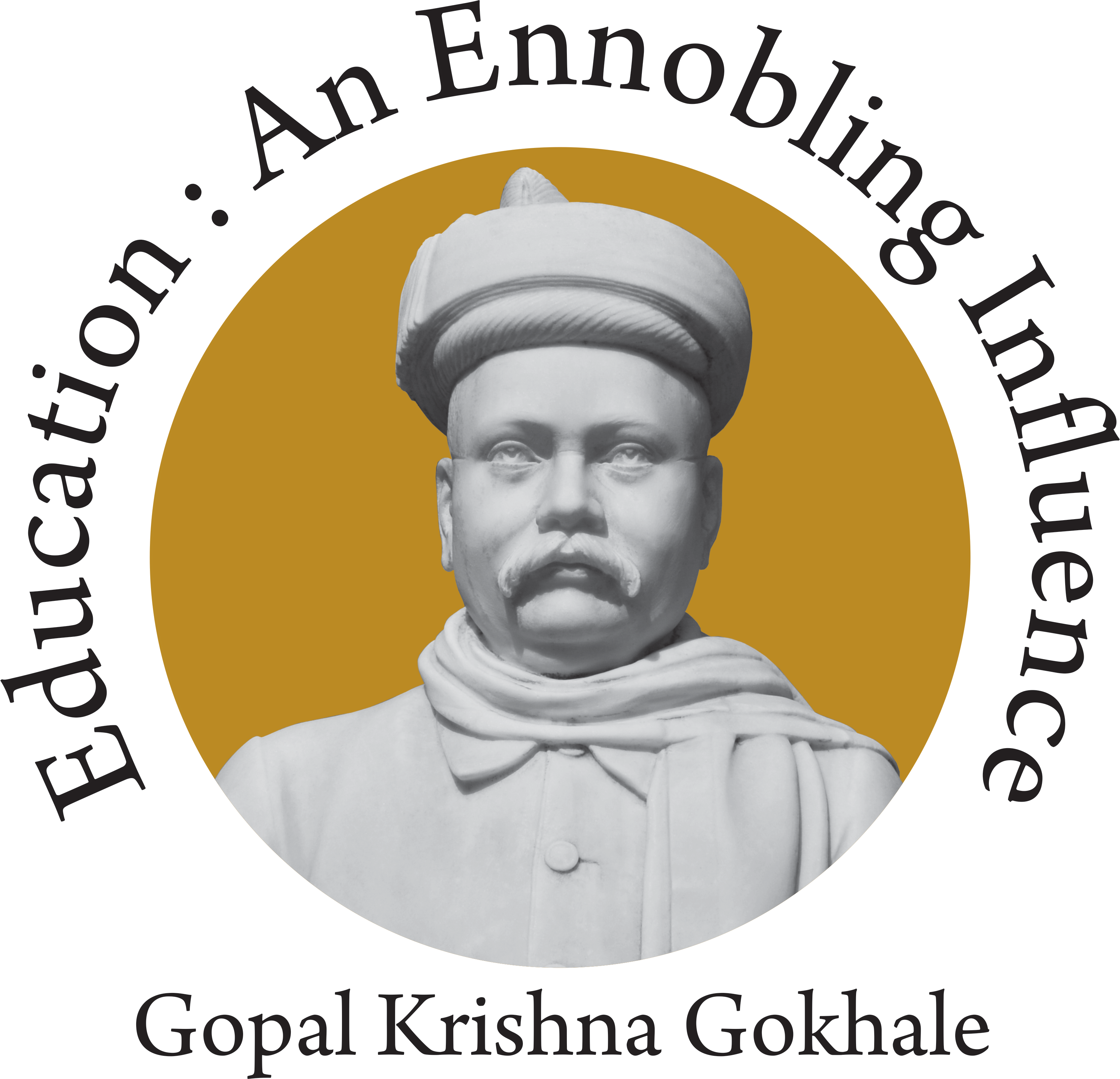| dc.description.abstract | Child Undernutrition in India: Globally, one in three malnourished children lives in India; therefore combating undernutrition is a priority. Focus of this study is to explore about sufferers of undernutrition and propose possible strategies to reduce undernutrition. For this, NFHS–3, nation-wide sample survey data of 56438 children below 5 years is used. Three indices of physical growth quantify the nutritional status of children, stunting- chronic malnutrition, wasting- acute malnutrition and underweight- mix of two. Extent of stunting, underweight and wasting is 48.3%, 42.8% and 20.1%. Central and eastern India bears the largest burden of undernutrition. Typical child with undernutrition is a rural, poor with low standard of living, Hindu tribal with less educated mother. Undernutrition is associated with poverty but not all the poor children suffer from undernutrition and vice-versa. Feeding of children is another dimension to the problem of undernutrition.
In child undernutrition, chronic undernutrition is much more, as nutritional status of mother also plays a role. Mothers of undernourished children are away from the benefits of development and their healthcare utilization is poor. They marry early, produce children early; are undernourished, small size and anemic so consequently their children also are undernourished. Undernutrition is inter-generational. If mother is undernourished, strong possibility is that the child also is undernourished. Inadequate care during pregnancy results in low birth weight babies which is a proximate determinant for childhood undernutrition and diseases. Undernutrition is more prevalent in case of death of any of the siblings. Undernutrition cannot be controlled only by giving supplementary nutrition. Better livelihood opportunities to parents and equitable healthcare to all, especially poor even in the remote and not-easy-to-access areas is absolute must | en_US |

